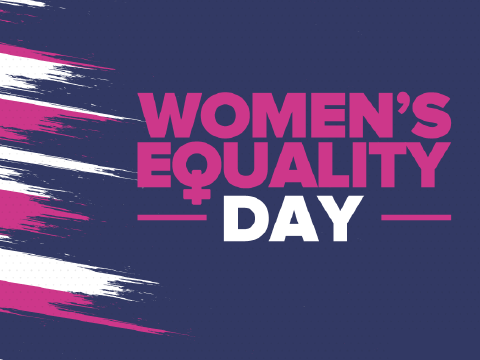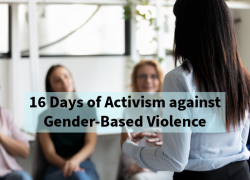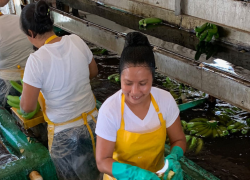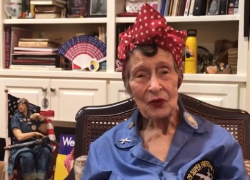August 26 is Women’s Equality Day. One hundred and two years ago, millions of American women officially obtained the constitutional right to vote—it would be decades before women of color secured the same right. Attaining that right to vote was no easy feat: It took over 40 years from the first time the 19th Amendment to the Constitution was introduced to become the law of the land. And even before that, women organizers had been demanding their right to vote since at least the 1840s. Many of the women who organized the movement for suffrage, including women of color, whose stories are too often ignored, faced violence, abuse, jail time, racism, and even torture. Women’s Equality Day is therefore a day of commemoration and celebration, recognizing the extraordinary work of those who advocated for change despite the grave risks to themselves and their families. 
The Women’s Bureau was established less than three months before certification of the 19th Amendment. A large part of the Women’s Bureau’s work today involves exposing gender and racial inequities in the world of work to inform policymaking. For instance, the Women’s Bureau published a report earlier this year that explained how women, especially women of color, were most impacted during the COVID-19 pandemic due to myriad factors such as our country’s lack of care infrastructure, the systemic devaluation of women’ work, and gender and race-based discrimination.
But just as important to exposing those inequities is shining a light on the organizations and women leaders who are continuing the work necessary to propel gender equality and equity. That is why this Women’s Equality Day, we are celebrating the bold women and women-led organizations driving progress in the economic sphere.
In April we sat down virtually with truck driver Desiree Wood, a force for change in the trucking industry, who has been sounding the alarm for more than a decade over the sexual assault and harassment women truckers face, particularly in training. In a May webinar on equity for pregnant and nursing workers, we heard from Blessing Adesiyan, a chemical engineer, CEO, mother and advocate for policies that value women’s labor, who opened up about the harsh realities of being a nursing mother in the workplace and how her experience motivated her to become a vocal advocate for care solutions. Earlier this summer, we held our first-ever webinar on the Power of Trans Inclusion in the Workforce, where participants had the privilege to learn from Dr. Tatyana Moaton, CEO of one of the first Black trans-led consulting firm in the country, about how to provide safe and nurturing spaces for transgender employees and colleagues.
Just two days ago, Secretary of Labor Marty Walsh was in Chicago celebrating the five community-based organizations that were awarded $3.4 million in funding through the department’s Women in Apprenticeship and Nontraditional Occupations (WANTO) grant program. For 30 years, the WANTO program, which helps recruit, train, and retain more women in quality pre-apprenticeship and registered apprenticeship programs as well as nontraditional occupations, has been supporting women’s participation in a range of fields in which women have traditionally been underrepresented.
The Women’s Bureau is thrilled to be working with these organizations that are actively disrupting occupational segregation with a focus on the most underserved women, particularly in this critical moment when the Bipartisan Infrastructure Law and other administrative policies are set to create thousands of good-paying, union jobs that women can benefit from.

We have good reason to be hopeful about gender and racial equity: Women’s employment rates are approaching their pre-pandemic levels, having recovered to 98.4% of their February 2020 level as of last month, although Black and Hispanic women’s employment rates still lag behind white women’s rates. In addition, we know that increasing union membership means a stronger economy and better quality of life for workers and their families, and according to the National Labor Relations Board, union activity is indeed rising. Data show that union membership gives women a distinct advantage over their nonunionized counterparts, with women represented by a union making on average 23% more than those without a union.
On this Women’s Equality Day, we honor the legacy of our forerunners who’ve made it possible for us to keep advocating for change. We amplify their voices and their courage, and recommit ourselves to the work of creating avenues to good quality jobs for women, protecting their safety and welfare everywhere, and promoting their long-term economic security.
Wendy Chun-Hoon is the director of the U.S. Department of Labor’s Women’s Bureau. Follow the Women’s Bureau on Twitter at @WB_DOL.

 U.S. Department of Labor Blog
U.S. Department of Labor Blog




